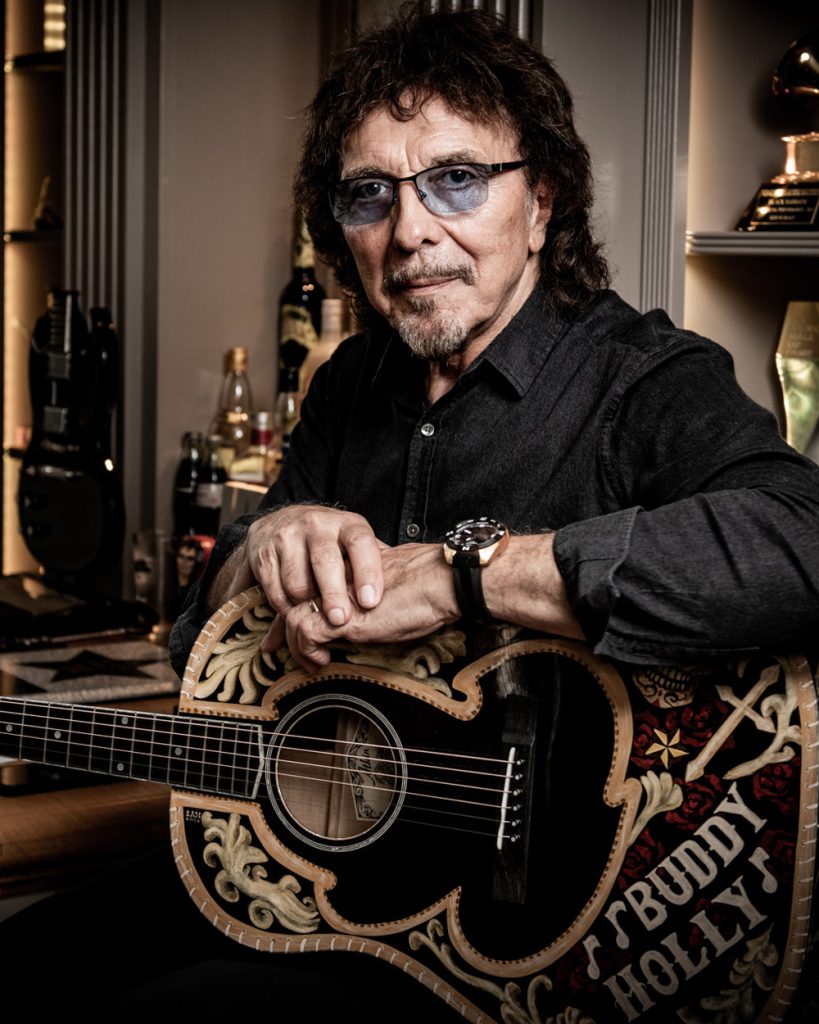- Phone : +(44) 123-456-7890
- Email : enquiries@tbhef.org
Tony Iommi
Tony Iommi is one of the most iconic of all UK guitarists. His work with Birmingham-based band Black Sabbath helped create a whole new genre of music – heavy metal.

Their songs were infused with themes born from Iommi’s love of horror movies, delivered with menacing, molten, guitar-driven ferocity and head-splitting levels of recorded volume. Since the release of their breakthrough album Black Sabbath in February 1970, they have sold more than 75 million records worldwide and have been a hugely influential force in the careers of many guitar-driven groups that have followed – a legacy that saw them inducted into the Rock and Roll Hall of Fame in 2006.
Nowadays rock fans associate Iommi with his Gibson SG, a dark-red guitar with a fearsomely heavy tone. In reality, he down-tuned his strings to ease the pain on his fingertips which were damaged in a work accident before the band was even formed. Just playing was initially really difficult but he invented an amazing DIY prosthetic and from his misfortune came a unique playing style that defined the Black Sabbath sound and propelled them to super stardom.
Tony first got interested in the guitar in the late 1950s. It’s hard to imagine now, but in post-war ravaged Britain, there was an embargo on certain American goods coming into the country. The only readily available electric guitars in the UK were usually second-hand and battered – discovered in pawn shops or brought in by merchant seamen and the like, and even those were hugely expensive. But there was one instrument that the new 1950s rock and roll generation dreamed of owning more than
any other – the Fender Stratocaster, the iconic instrument of the day. Imagine then the impact of seeing one of these beautiful guitars on British TV for the first time in the hands of Hank Marvin, the first true UK guitar hero. Tony Iommi cites him as a massive influence, as did pretty much every other young guitar player in the country at that time.
Bob Harris
Subscribe to our newsletter
The Buddy Holly Educational Foundation is a registered charity in the United States and the United Kingdom, with a mission to extend musical education to new generations regardless of income or ethnicity or learning levels.

- 1023 15th Street N.W. Suite 1100 Washington DC 20005
- enquiries@tbhef.org
Office Hours
- Mon – Tue : 09 AM - 09 PM
- Wed – Thu : 09 AM - 08 PM
- Fri – Sat : 09 AM - 07 PM
- Sunday : Closed
© The Buddy Holly Educational Foundation 2023
